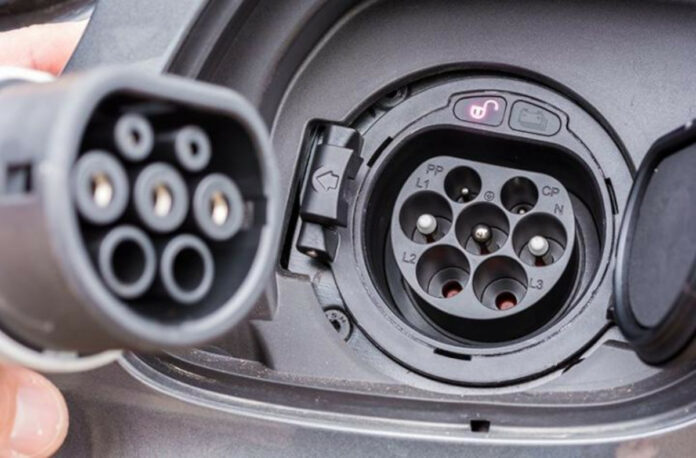AC and DC combined charging connector standard
The development of a unified charging connector standard for light electric vehicles (LEVs) in India, encompassing electric two-wheelers, three-wheelers, and microcars, is a significant milestone in the country’s electric vehicle (EV) ecosystem. This initiative, led by the Bureau of Indian Standards (BIS) in collaboration with multiple government and private entities, highlights several key aspects and potential impacts on India’s transportation and EV sectors:
- Standardization and Interoperability: The introduction of a common charging connector that is compatible with both AC (Alternating Current) and DC (Direct Current) charging addresses a critical issue in the EV market: the lack of standardization. Different EV makers often have unique charging systems, leading to compatibility issues. A standardized connector ensures that any light electric vehicle can use any charging station, thereby simplifying infrastructure development and usage for consumers.

- Cost-Effective Infrastructure: Developing separate charging systems for different types of vehicles is resource-intensive and costly. By introducing a combined AC and DC charging system, India is effectively reducing the financial burden on infrastructure development. This approach makes it economically more feasible to establish a wide-reaching charging network, essential for the nation’s vast geography and dense population.
- Promotion of Light Electric Vehicles: The focus on two-wheelers and three-wheelers is strategic, considering their prevalence in India. Traditional cars are often impractical in many densely populated areas due to congestion and parking constraints, making smaller vehicles more appealing. A robust, standardized charging infrastructure could significantly boost the adoption of electric two-wheelers and three-wheelers, helping to reduce both air pollution and reliance on fossil fuels.
Light electric vehicles (LEVs)
- Economic and Environmental Impact: Mass adoption of LEVs can lead to a considerable reduction in the carbon footprint, as these vehicles are more energy-efficient and environmentally friendly compared to their combustion engine counterparts. This shift not only aligns with global climate goals but also has the potential to reduce economic expenditure on oil imports, promoting energy security.
- Innovation and Investment: A clear and unified standard can spur further innovation in the EV sector. With the infrastructure question settled, manufacturers can focus on improving vehicle performance, battery efficiency, and other technologies. Additionally, a predictable and standardized market is more attractive to investors, potentially bringing in more capital to support local manufacturing and new technology development.
Department of Science and Technology
- Policy Implications and Government Support: The government’s role in this initiative underscores its commitment to transforming the transportation sector. By involving multiple government bodies, the initiative ensures a more integrated approach to policy-making. Continued support, possibly in the form of subsidies for EVs or charging infrastructure, or regulations promoting EV use, could further accelerate adoption.
The benefits of a combined AC and DC charging connector standard for light electric vehicles (LEVs) include:
- Convenience: EV owners will be able to use the same connector to charge their vehicles from both AC and DC chargers, making it easier to find a charging station and get a quick charge when needed.
- Cost-effectiveness: The development of a combined connector will help to reduce the cost of charging infrastructure, as manufacturers will only need to produce one type of connector. This will make it more affordable for businesses and governments to install charging stations.
- Accessibility: A combined connector will make it easier to deploy charging infrastructure in a wider range of locations, such as homes, workplaces, and public spaces. This will make EV charging more accessible to a wider range of people.
- Interoperability: A combined connector will allow EV owners to use any charging station, regardless of the type of charger. This will make it easier for EV owners to travel long distances and charge their vehicles at different locations.
- Faster charging: DC chargers can charge EV batteries much faster than AC chargers. A combined connector will allow EV owners to take advantage of DC fast charging when it is available.
Cost-effective charging infrastructure
In the words of B V R Subrahmanyam, the standard’s creation is indeed a commendable example of public and private sectors coming together for a transformative goal. It lays a foundational stone for the future of eco-friendly transportation in India, potentially serving as a model for other countries with similar economic and demographic conditions.





































